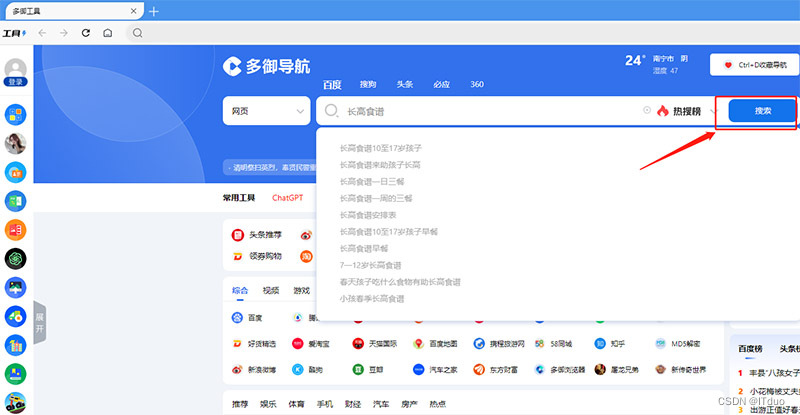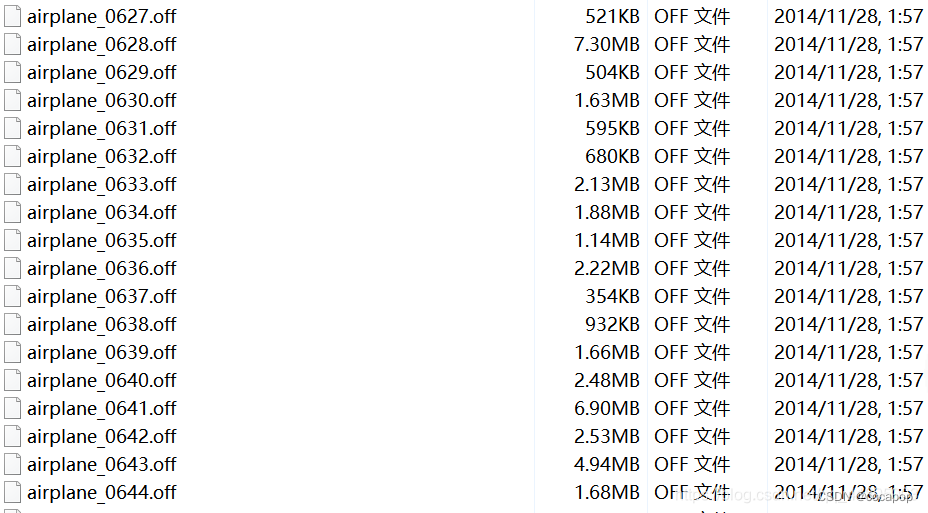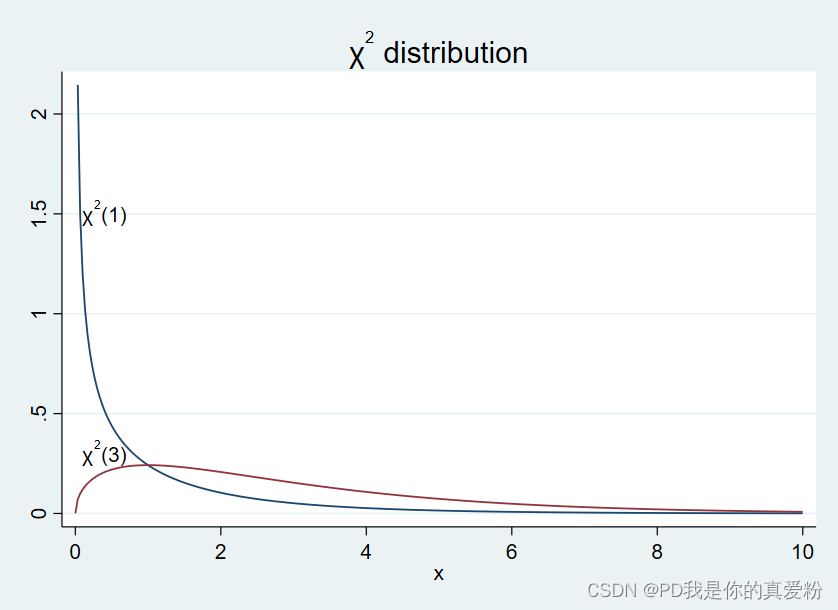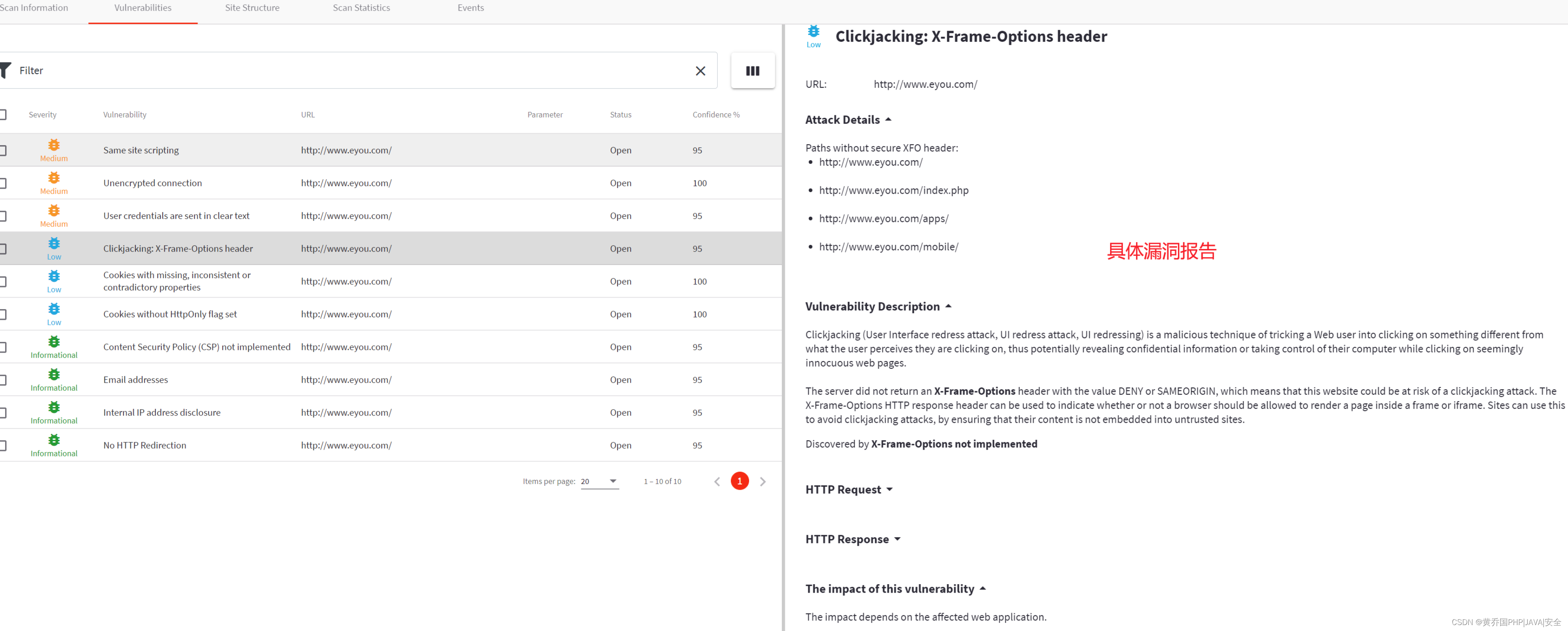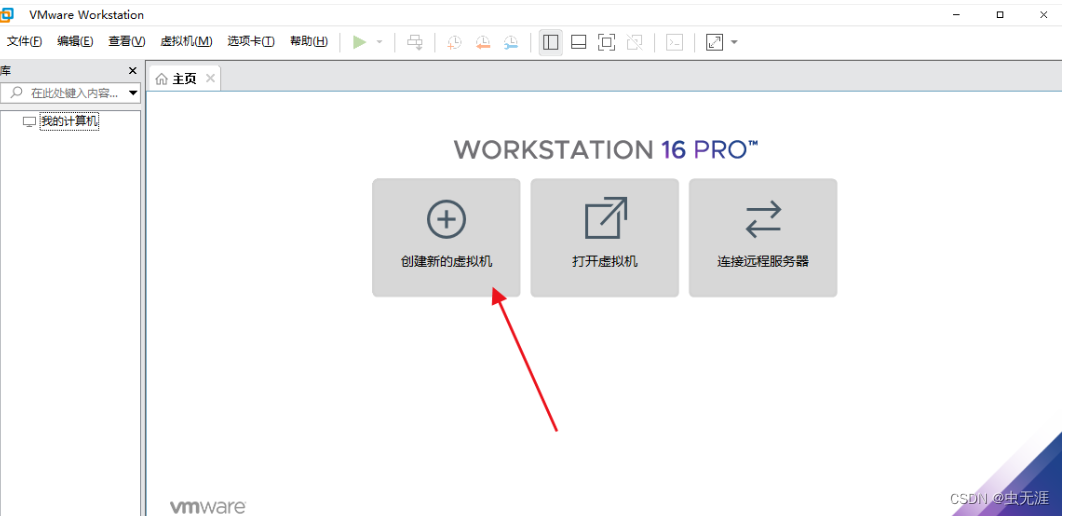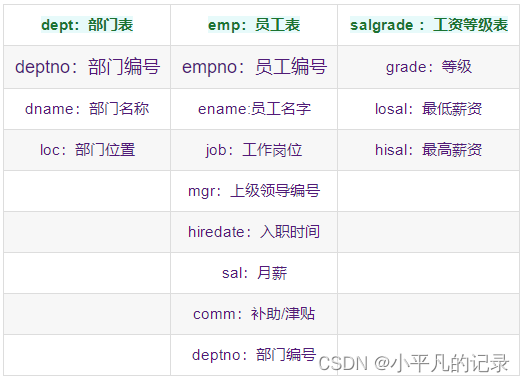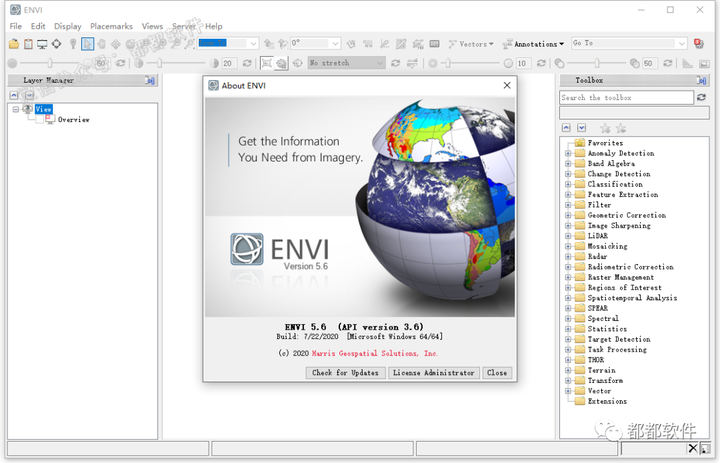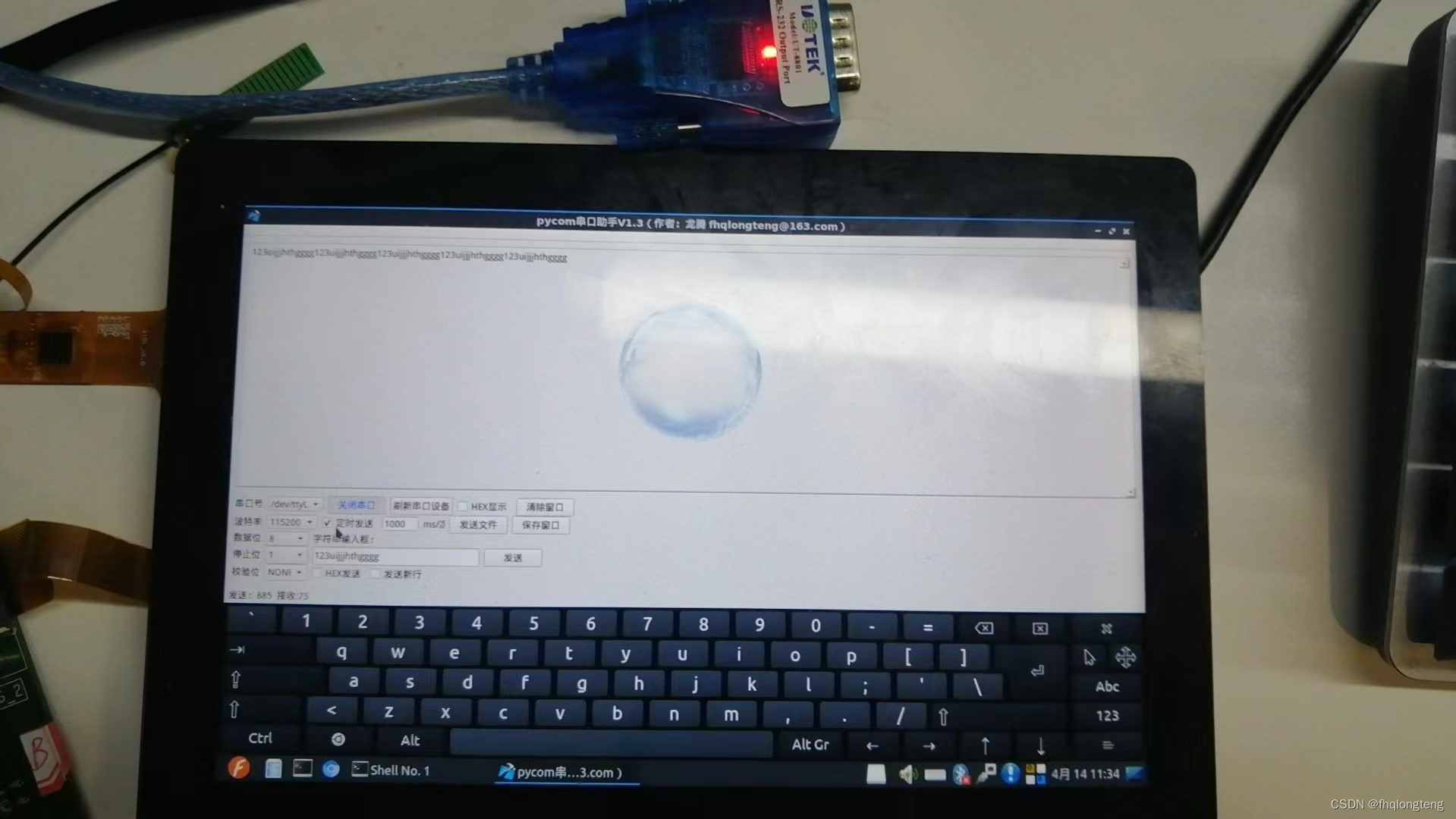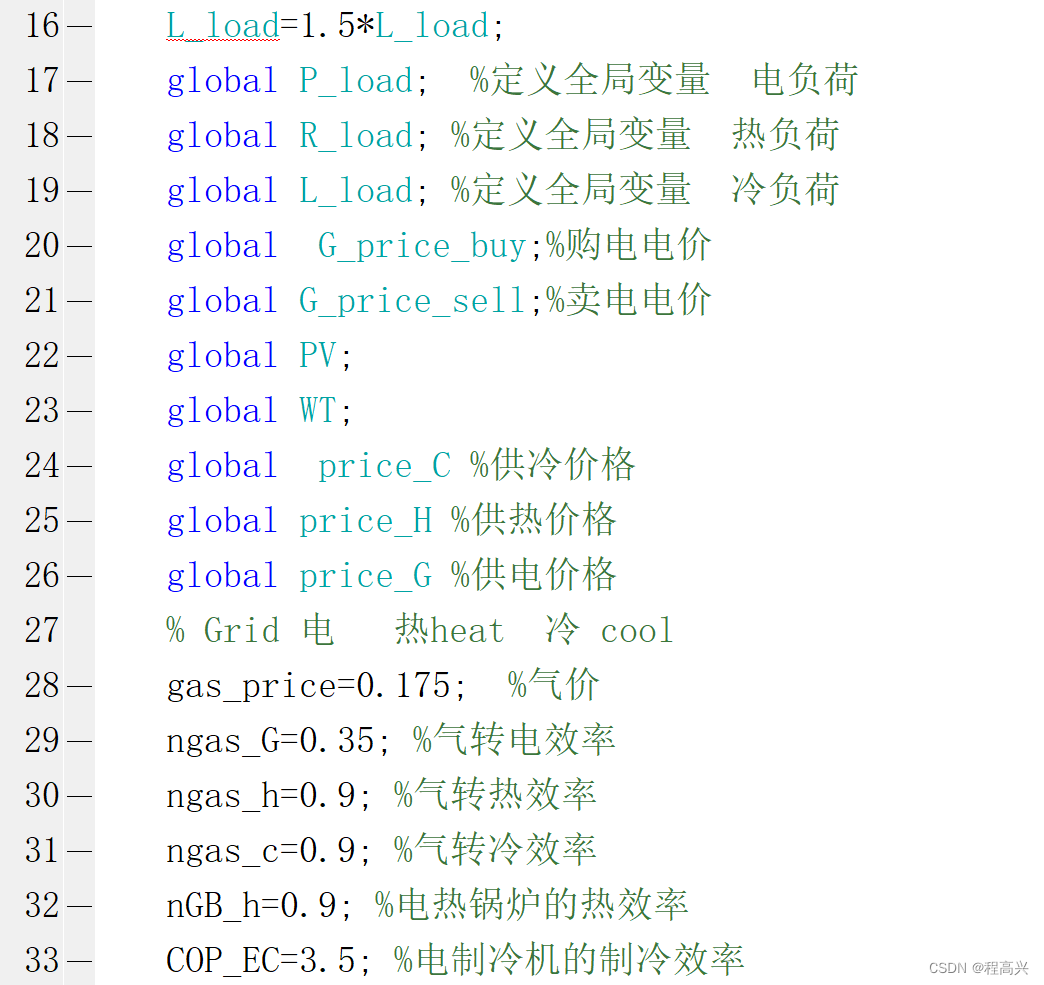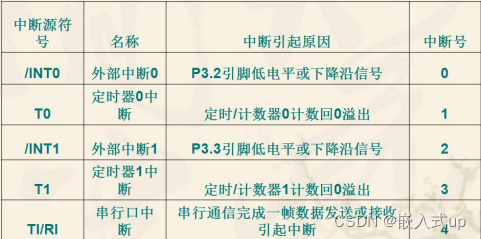文章目录
- 1.引入事务场景
- 1.1准备数据库
- 1.2 创建包结构
- 1.3 创建POJO类
- 1.4 编写持久层
- 1.5 编写业务层
- 1.6 Spring配置文件
- 1.7 表示层(测试)
- 1.8 模拟异常
- 2.Spring对事务的支持
- 2.1 spring事务管理API
- 2.2 spring事务之注解方式
- 2.3 事务的属性
- 2.4 事务的传播行为
- 2.5 事务隔离级别
- 2.6 事务超时
- 2.7 只读事务
- 2.8 设置哪些异常回滚
- 2.9 设置哪些异常不回滚
- 2.10 事务的全注解式开发
- 2.11 声明式事务之XML
1.引入事务场景
引入依赖
<?xml version="1.0" encoding="UTF-8"?>
<project xmlns="http://maven.apache.org/POM/4.0.0"
xmlns:xsi="http://www.w3.org/2001/XMLSchema-instance"
xsi:schemaLocation="http://maven.apache.org/POM/4.0.0 http://maven.apache.org/xsd/maven-4.0.0.xsd">
<modelVersion>4.0.0</modelVersion>
<groupId>com.sdnu</groupId>
<artifactId>spring-013-tx-bank</artifactId>
<version>1.0-SNAPSHOT</version>
<packaging>jar</packaging>
<!--仓库-->
<repositories>
<!--spring里程碑版本的仓库-->
<repository>
<id>repository.spring.milestone</id>
<name>Spring Milestone Repository</name>
<url>https://repo.spring.io/milestone</url>
</repository>
</repositories>
<!--依赖-->
<dependencies>
<!--spring context-->
<dependency>
<groupId>org.springframework</groupId>
<artifactId>spring-context</artifactId>
<version>6.0.0-M2</version>
</dependency>
<!--spring jdbc-->
<dependency>
<groupId>org.springframework</groupId>
<artifactId>spring-jdbc</artifactId>
<version>6.0.0-M2</version>
</dependency>
<!--mysql驱动-->
<dependency>
<groupId>mysql</groupId>
<artifactId>mysql-connector-java</artifactId>
<version>5.1.37</version>
</dependency>
<!--德鲁伊连接池-->
<dependency>
<groupId>com.alibaba</groupId>
<artifactId>druid</artifactId>
<version>1.2.13</version>
</dependency>
<!--@Resource注解-->
<dependency>
<groupId>jakarta.annotation</groupId>
<artifactId>jakarta.annotation-api</artifactId>
<version>2.1.1</version>
</dependency>
<!--junit-->
<dependency>
<groupId>junit</groupId>
<artifactId>junit</artifactId>
<version>4.13.2</version>
<scope>test</scope>
</dependency>
</dependencies>
<properties>
<maven.compiler.source>17</maven.compiler.source>
<maven.compiler.target>17</maven.compiler.target>
</properties>
</project>
1.1准备数据库
表结构:

数据:
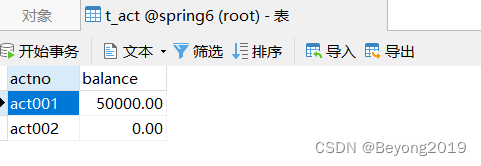
1.2 创建包结构
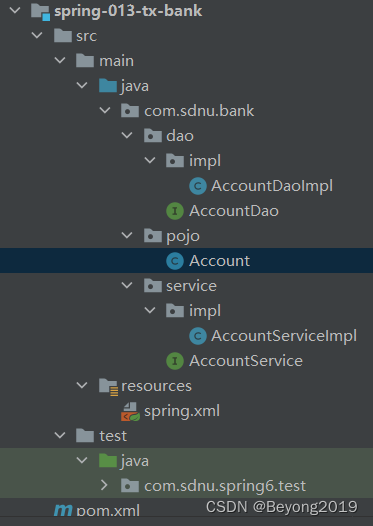
1.3 创建POJO类
package com.sdnu.bank.pojo;
public class Account {
private String actno;
private Double balance;
public Account() {
}
public Account(String actno, Double balance) {
this.actno = actno;
this.balance = balance;
}
public String getActno() {
return actno;
}
public void setActno(String actno) {
this.actno = actno;
}
public Double getBalance() {
return balance;
}
public void setBalance(Double balance) {
this.balance = balance;
}
@Override
public String toString() {
return "Account{" +
"actno='" + actno + '\'' +
", balance=" + balance +
'}';
}
}
1.4 编写持久层
package com.sdnu.bank.dao;
import com.sdnu.bank.pojo.Account;
/**
* 专门负责账户信息的CRUD
*/
public interface AccountDao {
/**
* 根据账号查询账户信息
* @param actno 账号
* @return 账户
*/
Account selectByActno(String actno);
/**
* 更新账户信息
* @param act 账户
* @return 更新的结果
*/
int update(Account act);
}
package com.sdnu.bank.dao.impl;
import com.sdnu.bank.dao.AccountDao;
import com.sdnu.bank.pojo.Account;
import jakarta.annotation.Resource;
import org.springframework.jdbc.core.BeanPropertyRowMapper;
import org.springframework.jdbc.core.JdbcTemplate;
import org.springframework.stereotype.Repository;
@Repository("accountDao")
public class AccountDaoImpl implements AccountDao {
@Resource(name = "jdbcTemplate")
private JdbcTemplate jdbcTemplate;
@Override
public Account selectByActno(String actno) {
String sql = "select actno, balance from t_act where actno = ?";
Account account = jdbcTemplate.queryForObject(sql, new BeanPropertyRowMapper<>(Account.class), actno);
return account;
}
@Override
public int update(Account act) {
String sql = "update t_act set balance = ? where actno = ?";
int count = jdbcTemplate.update(sql, act.getBalance(), act.getActno());
return count;
}
}
1.5 编写业务层
package com.sdnu.bank.service;
/**
* 业务接口
* 事务就是在这个接口下控制的
*/
public interface AccountService {
/**
* 转账业务
* @param fromActno 转出账号
* @param toActno 转入账号
* @param money 转出金额
*/
void transfer(String fromActno, String toActno, double money);
}
package com.sdnu.bank.service.impl;
import com.sdnu.bank.dao.AccountDao;
import com.sdnu.bank.pojo.Account;
import com.sdnu.bank.service.AccountService;
import jakarta.annotation.Resource;
import org.springframework.stereotype.Service;
@Service("accountService")
public class AccountServiceImpl implements AccountService {
@Resource(name = "accountDao")
private AccountDao accountDao;
@Override
public void transfer(String fromActno, String toActno, double money) {
//查询转出账户余额是否充足
Account fromAct = accountDao.selectByActno(fromActno);
if(fromAct.getBalance() < money){
throw new RuntimeException("转出账户余额不足");
}
//余额充足
Account toAct = accountDao.selectByActno(toActno);
//将内存中的两个余额先修改
fromAct.setBalance(fromAct.getBalance() - money);
toAct.setBalance(toAct.getBalance() + money);
//数据库更新
int count = accountDao.update(fromAct);
count += accountDao.update(toAct);
if(count != 2){
throw new RuntimeException("转账失败");
}
}
}
1.6 Spring配置文件
<?xml version="1.0" encoding="UTF-8"?>
<beans xmlns="http://www.springframework.org/schema/beans"
xmlns:xsi="http://www.w3.org/2001/XMLSchema-instance"
xmlns:context="http://www.springframework.org/schema/context"
xsi:schemaLocation="http://www.springframework.org/schema/beans http://www.springframework.org/schema/beans/spring-beans.xsd
http://www.springframework.org/schema/context http://www.springframework.org/schema/context/spring-context.xsd">
<!--组件扫描-->
<context:component-scan base-package="com.sdnu.bank"/>
<!--配置数据源-->
<bean id="dataSource" class="com.alibaba.druid.pool.DruidDataSource">
<property name="driverClassName" value="com.mysql.jdbc.Driver"/>
<property name="url" value="jdbc:mysql://localhost:3306/spring6"/>
<property name="username" value="root"/>
<property name="password" value="Wgf720130601"/>
</bean>
<!--配置jdbcTemplate-->
<bean id="jdbcTemplate" class="org.springframework.jdbc.core.JdbcTemplate">
<property name="dataSource" ref="dataSource"/>
</bean>
</beans>
1.7 表示层(测试)
package com.sdnu.spring6.test;
import com.sdnu.bank.service.AccountService;
import org.junit.Test;
import org.springframework.context.ApplicationContext;
import org.springframework.context.support.ClassPathXmlApplicationContext;
public class SpringTXTest {
@Test
public void testSpringTx(){
ApplicationContext applicationContext = new ClassPathXmlApplicationContext("spring.xml");
AccountService accountService = applicationContext.getBean("accountService", AccountService.class);
try{
accountService.transfer("act001", "act002", 5000);
System.out.println("转账成功");
}catch (Exception e){
e.printStackTrace();
}
}
}


1.8 模拟异常
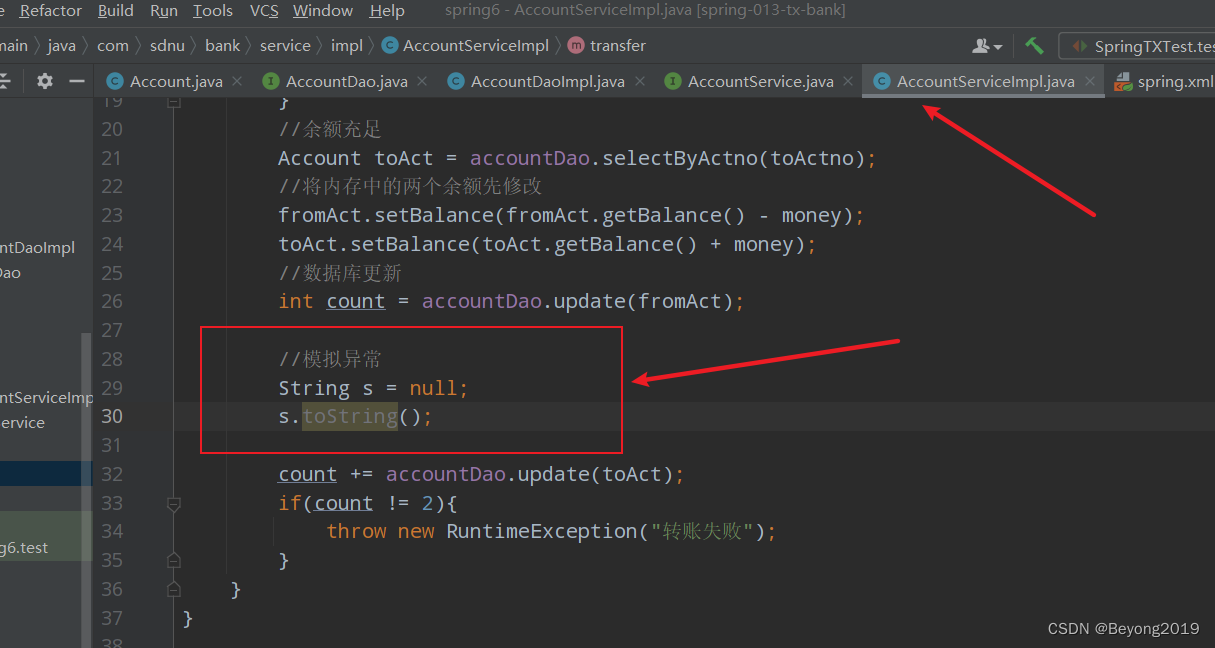
在AccountServiceImpl中加入异常(模拟异常),运行。

我们发现少了5000元。
2.Spring对事务的支持
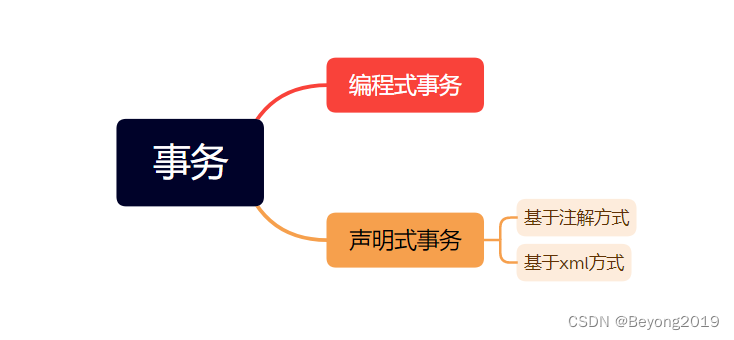
2.1 spring事务管理API

PlatformTransactionManager接口:spring事务管理器的核心接口。在Spring6中它有两个实现:
● DataSourceTransactionManager:支持JdbcTemplate、MyBatis、Hibernate等事务管理。
● JtaTransactionManager:支持分布式事务管理。
如果要在Spring6中使用JdbcTemplate,就要使用DataSourceTransactionManager来管理事务。(Spring内置写好了,可以直接用。)
2.2 spring事务之注解方式
spring配置文件
<?xml version="1.0" encoding="UTF-8"?>
<beans xmlns="http://www.springframework.org/schema/beans"
xmlns:xsi="http://www.w3.org/2001/XMLSchema-instance"
xmlns:context="http://www.springframework.org/schema/context"
xmlns:tx="http://www.springframework.org/schema/tx"
xsi:schemaLocation="http://www.springframework.org/schema/beans http://www.springframework.org/schema/beans/spring-beans.xsd
http://www.springframework.org/schema/context http://www.springframework.org/schema/context/spring-context.xsd
http://www.springframework.org/schema/tx http://www.springframework.org/schema/tx/spring-tx.xsd">
<!--组件扫描-->
<context:component-scan base-package="com.sdnu.bank"/>
<!--配置数据源-->
<bean id="dataSource" class="com.alibaba.druid.pool.DruidDataSource">
<property name="driverClassName" value="com.mysql.jdbc.Driver"/>
<property name="url" value="jdbc:mysql://localhost:3306/spring6"/>
<property name="username" value="root"/>
<property name="password" value="Wgf720130601"/>
</bean>
<!--配置jdbcTemplate-->
<bean id="jdbcTemplate" class="org.springframework.jdbc.core.JdbcTemplate">
<property name="dataSource" ref="dataSource"/>
</bean>
<!--配置事务管理器-->
<bean id="txManager" class="org.springframework.jdbc.datasource.DataSourceTransactionManager">
<property name="dataSource" ref="dataSource"/>
</bean>
<!--开启事务注解驱动器,开启事务注解,告诉spring采用注解的方式去控制事务-->
<tx:annotation-driven transaction-manager="txManager"/>
</beans>
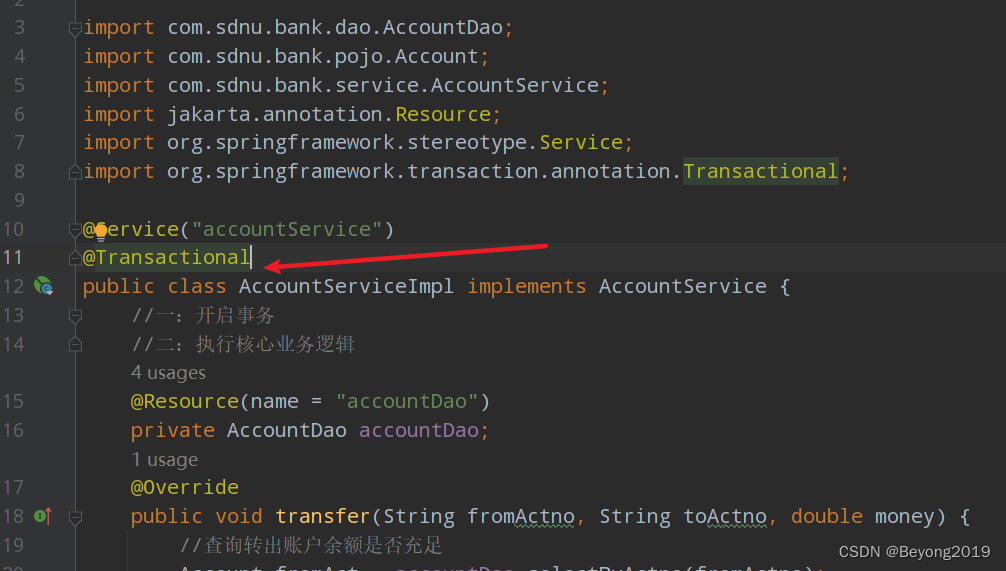
在类上添加该注解,该类中所有的方法都有事务。在某个方法上添加该注解,表示只有这个方法使用事务。
加了事务控制后,虽然出现了异常,但是钱没有少。

2.3 事务的属性
事务的属性主要有以下几个:
● 事务传播行为
● 事务隔离级别
● 事务超时
● 只读事务
● 设置出现哪些异常回滚事务
● 设置出现哪些异常不回滚事务
2.4 事务的传播行为
在service类中有a()方法和b()方法,a()方法上有事务,b()方法上也有事务,当a()方法执行过程中调用了b()方法,事务是如何传递的?合并到一个事务里?还是开启一个新的事务?这就是事务传播行为。
● REQUIRED:支持当前事务,如果不存在就新建一个(默认)【没有就新建,有就加入】
● SUPPORTS:支持当前事务,如果当前没有事务,就以非事务方式执行【有就加入,没有就不管了】
● MANDATORY:必须运行在一个事务中,如果当前没有事务正在发生,将抛出一个异常【有就加入,没有就抛异常】
● REQUIRES_NEW:开启一个新的事务,如果一个事务已经存在,则将这个存在的事务挂起【不管有没有,直接开启一个新事务,开启的新事务和之前的事务不存在嵌套关系,之前事务被挂起】
● NOT_SUPPORTED:以非事务方式运行,如果有事务存在,挂起当前事务【不支持事务,存在就挂起】
● NEVER:以非事务方式运行,如果有事务存在,抛出异常【不支持事务,存在就抛异常】
● NESTED:如果当前正有一个事务在进行中,则该方法应当运行在一个嵌套式事务中。被嵌套的事务可以独立于外层事务进行提交或回滚。如果外层事务不存在,行为就像REQUIRED一样。【有事务的话,就在这个事务里再嵌套一个完全独立的事务,嵌套的事务可以独立的提交和回滚。没有事务就和REQUIRED一样。】
设置
@Transactional(propagation = Propagation.REQUIRED)
2.5 事务隔离级别
| 隔离级别 | 脏读 | 不可重复读 | 幻读 |
|---|---|---|---|
| 读未提交 | 有 | 有 | 有 |
| 读提交 | 无 | 有 | 有 |
| 可重复读 | 无 | 无 | 有 |
| 序列化 | 无 | 无 | 无 |
2.6 事务超时
@Transactional(timeout = 10)
表示超过10秒如果该事务中所有的DML语句还没有执行完毕的话,最终结果会选择回滚。
默认值-1,表示没有时间限制。
(注意:在当前事务当中,最后一条DML语句执行之前的时间。如果最后一条DML语句后面很有很多业务逻辑,这些业务代码执行的时间不被计入超时时间。)
2.7 只读事务
启动spring的优化策略。提高select语句执行效率。
2.8 设置哪些异常回滚
@Transactional(rollbackFor = RuntimeException.class)
2.9 设置哪些异常不回滚
@Transactional(noRollbackFor = NullPointerException.class)
2.10 事务的全注解式开发
package com.sdnu.bank;
import com.alibaba.druid.pool.DruidDataSource;
import org.springframework.context.annotation.Bean;
import org.springframework.context.annotation.ComponentScan;
import org.springframework.context.annotation.Configuration;
import org.springframework.jdbc.core.JdbcTemplate;
import org.springframework.jdbc.datasource.DataSourceTransactionManager;
import org.springframework.transaction.annotation.EnableTransactionManagement;
import javax.sql.DataSource;
@Configuration //代替spring配置文件,在这个类当中完成配置
@ComponentScan("com.sdnu.bank") //组件扫描
@EnableTransactionManagement //开启事务注解
public class Spring6Config {
//Spring容器看到@Bean注解后,会调用被标注的这个方法,这个方法的返回值是一个Java对象,这个Java对象会纳入Spring容器管理
//返回的对象就是Spring容器当中的一个Bean,并且这个Bean的名字是dataSource
@Bean("dataSource")
public DruidDataSource getDataSource(){
DruidDataSource druidDataSource = new DruidDataSource();
druidDataSource.setDriverClassName("com.mysql.jdbc.Driver");
druidDataSource.setUrl("jdbc:mysql://localhost:3306/spring6");
druidDataSource.setUsername("root");
druidDataSource.setPassword("123456");
return druidDataSource;
}
@Bean("jdbcTemplate")
//spring容器在调用这个方法的时候会自动给我们传递过来一个dataSource对象
public JdbcTemplate getJdbcTemplate(DataSource dataSource){
JdbcTemplate jdbcTemplate = new JdbcTemplate();
jdbcTemplate.setDataSource(dataSource);
return jdbcTemplate;
}
@Bean("txManager")
public DataSourceTransactionManager getDataSourceTransactionManager(DataSource dataSource){
DataSourceTransactionManager txManager = new DataSourceTransactionManager();
txManager.setDataSource(dataSource);
return txManager;
}
}
